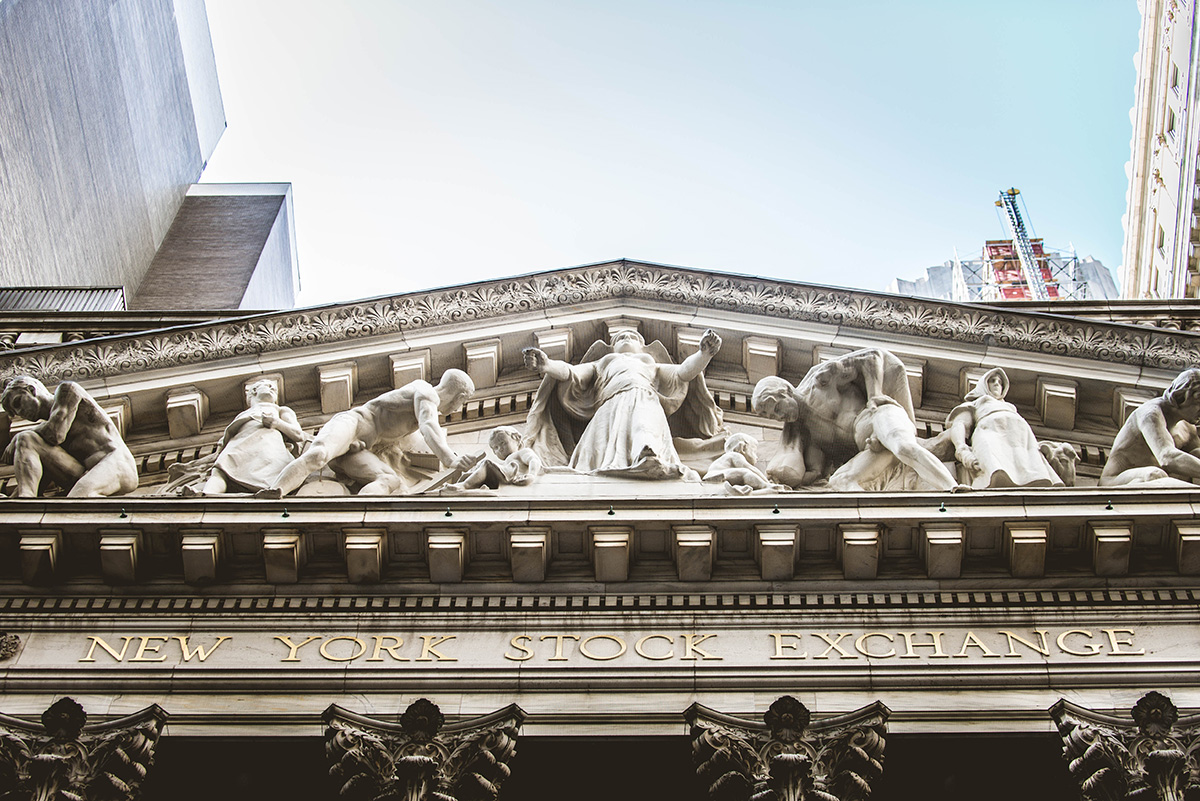
2024.09.30
Market Capitalization: What It Means for Investors
Market capitalization is one of the most important metrics that investors use to assess the value of companies and make investment decisions. Understanding market capitalization helps not only to evaluate a company’s current position in the market but also to predict its future development. In this article, we will explore the definition of market capitalization, the classification of companies by size, the impact of capitalization on risk and return, and provide examples of companies from different categories.
1. Definition of Market Cap
Market capitalization (or "market value") is the total value of all a company's shares, calculated by multiplying the current price of a share by the total number of outstanding shares. The formula is as follows:
Market Capitalization = Share Price × Total Number of stocks
This metric gives investors insight into the size of the company and its market position. A high market capitalization typically indicates that the company is considered stable and reliable, while a low capitalization may suggest a higher level of risk.
2. Classification of Companies by Capitalization
Companies can be classified into three main categories based on their market capitalization:
- Small-cap Companies: Typically, these are companies with a market capitalization of up to $2 billion. They may provide significant growth opportunities but also come with high risk. Small companies are often less resilient to economic fluctuations and can be more susceptible to volatility.
- Mid-cap Companies: These companies have a market capitalization between $2 billion and $10 billion. They represent a middle ground between small and large businesses, possessing both growth potential and more stable finances. Investing in mid-cap companies can offer a higher level of return with relatively lower risk compared to small companies.
- Large-cap Companies: Large companies have a market capitalization exceeding $10 billion. They are typically stable and established companies with solid financial positions and high revenue levels. Investing in large companies is generally considered less risky, although their growth potential may be more limited compared to smaller firms.
3. The Impact of Capitalization on Risk and Return
Market capitalization has a significant impact on the risk and return of investments.
- Risk: Small-cap companies tend to be more volatile and subject to greater risk compared to large companies. This is because small companies may have less financial stability and be less able to withstand economic shocks. In contrast, large companies often have more stable earnings and assets, which reduces risk for investors.
- Return: While small companies can be riskier, they may also offer higher growth opportunities and, consequently, potentially higher returns. Large companies, although more stable, often have lower growth rates, which can limit their returns. Mid-cap companies typically provide a balance between risk and return, making them attractive to many investors.
4. Examples of Companies from Different Categories
- Small-cap Companies: Blue Apron Holdings Inc. (meal preparation and delivery) has a market capitalization of less than $1 billion. This company offers growth potential but also comes with a high level of risk.
- Mid-cap Companies: Zillow Group Inc. (a platform for buying and selling real estate) has a market capitalization of around $5 billion. This company demonstrates steady growth and provides investors with a balance between risk and return.
- Large-cap Companies: Apple Inc. (a technology giant) has a market capitalization of over $2 trillion. This company represents an example of a stable investment with reliable income and a significant market share.
Conclusion
Market capitalization is an important metric that helps investors make informed decisions. Understanding the classification of companies by capitalization, as well as the impact of capitalization on risk and return, is a key element of a successful investment strategy. Every investor should consider their goals and risk tolerance to optimally allocate their assets among companies in different categories.